Operation Devil Horns
Operation Devil Horns
The Takedown of MS-13 in San Francisco
Michael Santini and Ray Bolger
ROWMAN & LITTLEFIELD
Lanham Boulder New York London
Published by Rowman & Littlefield
An imprint of The Rowman & Littlefield Publishing Group, Inc.
4501 Forbes Boulevard, Suite 200, Lanham, Maryland 20706
www.rowman.com
Unit A, Whitacre Mews, 26-34 Stannary Street, London SE11 4AB
Copyright 2018 by Bad Hombre, LLC
All rights reserved . No part of this book may be reproduced in any form or by any electronic or mechanical means, including information storage and retrieval systems, without written permission from the publisher, except by a reviewer who may quote passages in a review.
British Library Cataloguing in Publication Information Available
Library of Congress Cataloging-in-Publication Data
Names: Santini, Michael (Special agent, Homeland Security Investigations), author.
Title: Operation Devil Horns : the takedown of MS-13 in San Francisco / Michael Santini and Ray Bolger.
Description: Lanham : Rowman & Littlefield, [2018] | Includes index.
Identifiers: LCCN 2018013695 (print) | LCCN 2018014646 (ebook) | ISBN 9781538115640 (Electronic) | ISBN 9781538115633 (cloth : alk. paper)
Subjects: LCSH: MS-13 (Gang) | GangsCaliforniaSan FranciscoCase studies. | Organized crime investigationCaliforniaSan FranciscoCase studies. | Undercover operationsCaliforniaSan FranciscoCase studies.
Classification: LCC HV6439.U7 (ebook) | LCC HV6439.U7 S277 2018 (print) | DDC 364.106/60979461dc23
LC record available at https://lccn.loc.gov/2018013695
 The paper used in this publication meets the minimum requirements of American National Standard for Information SciencesPermanence of Paper for Printed Library Materials, ANSI/NISO Z39.48-1992.
The paper used in this publication meets the minimum requirements of American National Standard for Information SciencesPermanence of Paper for Printed Library Materials, ANSI/NISO Z39.48-1992.
Printed in the United States of America
Dedicated to HSI Special Agent Edward J. Smith
January 23, 1968October 15, 2012
Every time we see a star, it is Ed shining down on us.
Acknowledgments
To our mutual friend and colleague, Steve Olivera, we owe a sincere debt of gratitude for recognizing the potential of this project and encouraging us to collaborate in authoring the story of Operation Devil Horns. Without his creative soundboarding, logistical problem solving, and tenacious shepherding, this book would not exist.
There are a few people whose support demands public recognition. Laura Gwinn, lead prosecutor in the Operation Devil Horns investigation, lent her expertise and keen eye to the manuscript. Retired US Attorney Joseph Russoniello shared a well-seasoned perspective of the bureaucratic turf battles between federal, state, and local agencies in San Francisco during the time the story occurred. Jaxon Van Derbeken, an award-winning police and courts reporter for the San Francisco Chronicle , offered his savvy insights on the case, which he covered as the bloody saga unfolded. The dedicated law enforcement and public relations professionals of Homeland Security Investigations vetted certain technical aspects of the book. Jessica M. Vaughan of the Center for Immigration Studies provided invaluable statistics and context for understanding the controversies swirling around sanctuary city policies, locally and nationally, which continue to this day.
Thank you to editor John Paine, who provided an experienced hand in honing the book chapters into shape. So did writer Rafael Alvarez, who suffered nobly all the way through an early rough draft. Literary agent Michael Wright shared his broad knowledge of the publishing industry and media markets. Early guinea-pig readers who gave generously of their time and intelligence also include Kathleen McCaffrey Friedman, as well as Laura and James McGinty. Thank you to Kathryn Knigge and the editorial and library boards at Rowman & Littlefield for recognizing the merits of this book.
Most of all, we would like to thank our immediate families, without whose love, support, and encouragement this project would never have been completed.
This is a true story. Some names have been changed to protect certain individuals involved with the case. Quoted dialogue is transcribed directly from original recordings in some instances, while some has been written based on firsthand recollections and is not necessarily verbatim.
Prelude
San Pedro Sula, Honduras
Christmas Eve, 2004
Making its way along the dark, winding, potholed road between the suburbs of San Isidro and Ebenezer, an old yellow passenger bus was standing-room-only inside, full of textile workers on their way home from Christmas shopping. Small children rocked and slept in their mothers laps as the bus driver tried his best to negotiate the lurching vehicle around the streets gaping potholes and busted pavement.
On the most deserted stretch of road the bus traveled that night, alongside a dark, vacant soccer field, the driver was suddenly cut off by a small pickup truck coming in the opposite direction. It swerved and came to a stop, blocking both lanes. Two men with AK-47s hopped out of the truck, while behind the bus two other cars pulled up, blocking it from the rear. Several more armed men emerged from these vehicles.
The bus driver and his fare collector could only hope it was a robbery by some gang mareros who would demand a tax, take all the money and valuables from them and their passengers, and let them go on their way. But even this was too much to hope for. The armed men did not make any demands. At once, they raised their weapons and began firing into the bus from all directions, the bullets penetrating and raking everyone inside with an estimated eight hundred rounds.
Screams and cries of anguish, fear, and pain echoed inside the bus over the flash and din of automatic guns. Women, children, and men trapped inside the vehicle wept and pled for mercy, gasping and dying in a sudden hellhole filled with gunpowder fumes and the coppery smell of fresh blood. The few passengers who could bolt out the rear emergency door and make a run for their lives were shot dead in their tracks.
When the killers stopped firing, one of them, an MS-13 gang leader known as Culiche , or Tapeworm, stepped onto the bus. He methodically made his way down the aisle, stepping over bleeding bodies, calmly poking and prodding the dead and dying. Are you still alive? he asked those who still moved or moaneda question or complaint he followed up with point-blank shots to the head and face.
Described by US law enforcement agencies as intelligent, articulate, and highly mobile, Culiche was approximately thirty years old, with a round face, dark eyes, and large ears. Born in Honduras, he was an early member of the Normandie Locos, a Los Angelesbased clique of MS-13. He was arrested at least eight times in California, accused of drug trafficking, aggravated assault, burglary, writing bad checks, and driving without a license. Culiche had a record of carrying fake IDs and using multiple cell phones, and had thirty-eight known aliases, according to Honduran authorities and the FBI.
When he finally stopped the slaughter and stepped back off the bus, twenty-eight of its occupants were dead, including the driver and fare collector. The youngest murder victim was a fourteen-month-old child and the oldest was sixty-eight years old. Another twenty-eight victims were seriously wounded, among them a sixteen-year-old factory worker who was shot sixteen timesonce for each year of his young life, like birthday candles from Satan himself.
On the windshield of the bullet-ridden bus, Culiche and his band of MS-13 killers posted a note claiming responsibility for the attack. It was bogusly signed by the Cinchonero Peoples Liberation Movement, a group that had not been active for more than a decadenot since the regions civil wars ended in 1992. The note warned Honduran authorities about similar repercussions if they passed a new law that would introduce the death penalty for violent crimes, a measure to bring the hammer down harder on gangs metastasizing in the country.
Next page
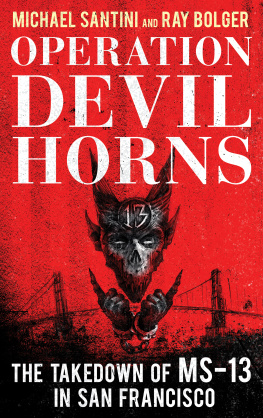

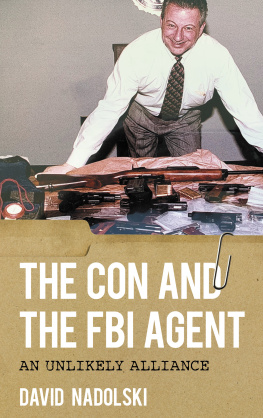

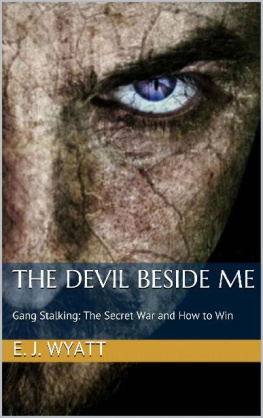
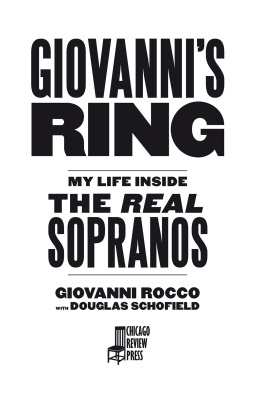
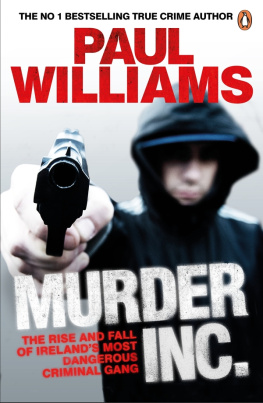
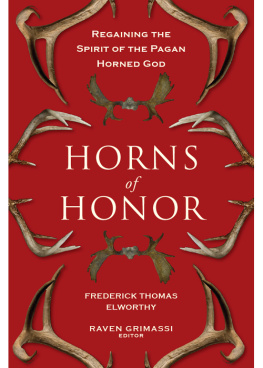



 The paper used in this publication meets the minimum requirements of American National Standard for Information SciencesPermanence of Paper for Printed Library Materials, ANSI/NISO Z39.48-1992.
The paper used in this publication meets the minimum requirements of American National Standard for Information SciencesPermanence of Paper for Printed Library Materials, ANSI/NISO Z39.48-1992.